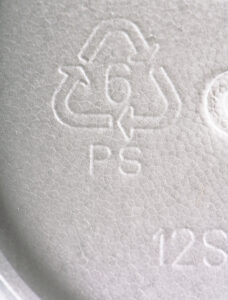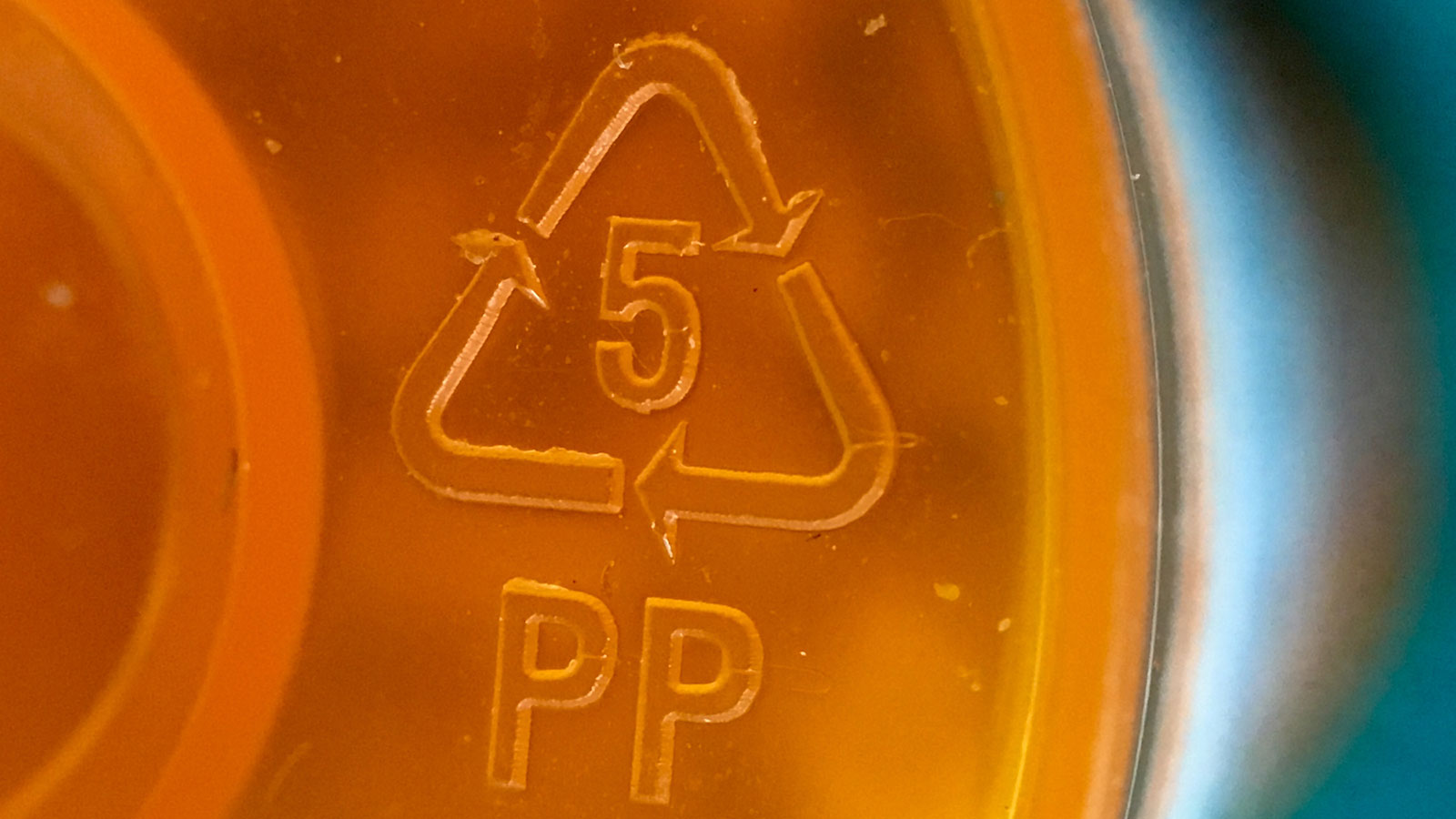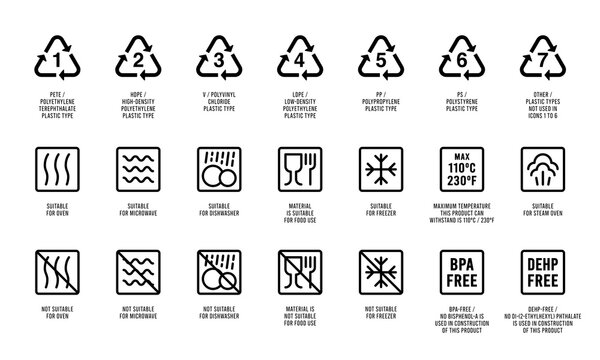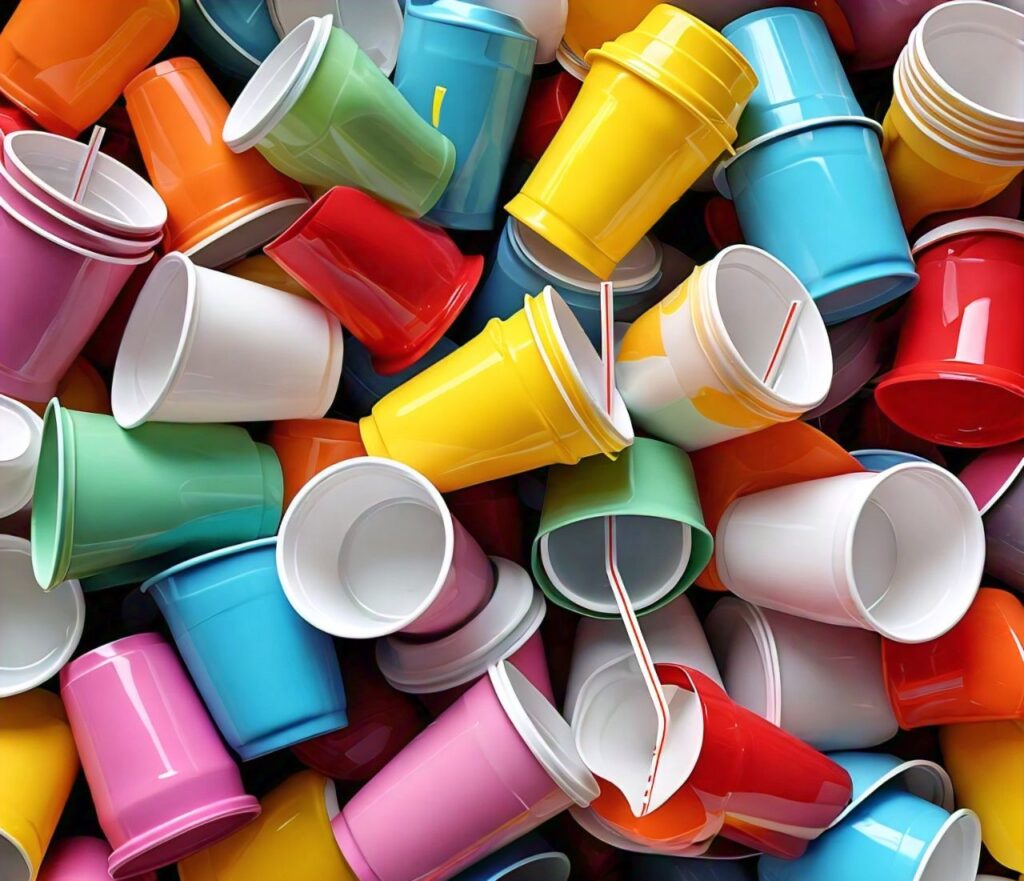Plastic cups are a basic staple in many households, parties, and even at different events. Plastics are favored for their convenience, budget effectiveness, and versatility. However, there are various important aspects to consider when using plastic cups, including their safety, recyclability, and capacity. In this blog, we’ll explore some common questions about plastic cups, such as whether you can use them in a microwave, their recyclability, their volume capacity, and if you can safely put hot beverages like coffee and tea in them.
Can you Microwave Plastic Cups?
One of the most frequently asked questions is whether plastic cups are microwave-safe. If you want to learn more about microwave symbols, please check out our blog on Tupperware-101. However, the answer isn’t straightforward- it largely depends on the type of plastic used in the cup.
Type of Plastics
Most disposable plastic cups are made from polystyrene (PS) or polypropylene (PP). Here’s a breakdown:
- Polystyrene (PS): Commonly used in toys, as well as in Styrofoam cups, takeout containers, and hard packing. This type is generally not microwave-safe. When heated, PS can release harmful chemicals and may melt or deform, compromising its integrity and safety.

Tea starts to bleed from the polystyrene cup

Despite its many advantages, polystyrene poses significant environmental challenges.
- Non-biodegradable: PS does not break down easily in the environment, leading to long-term pollution. It can persist for hundreds of years, contributing to landfill waste. Polystyrene cups have a plastic number 6, which means that there’s a potential for leaching styrene, which can be a neurotoxin and possible human carcinogen, especially when subjected to heat. Many recycling facilities do not accept polystyrene due to the cost and complexity of processing it.
- Marine Pollution: Polystyrene products, particularly foam, can easily break into small particles known as microplastics, which are harmful to marine life. Animals may ingest these particles, leading to health issues.

- Polypropylene (PP): Often found in sturdier plastic cups, PP is typically microwave-safe. Commonly used in yogurt containers, straws, and baby bottles, PP plastic is heat-resistant and generally considered safe for food storage. It can withstand higher temperatures without melting or leaching harmful substances. However, it’s always best to check for a microwave-safe label on the bottom of the cup.
While PP offers many benefits, we must also consider its environmental impact:
- Recyclability: Polypropylene is recyclable and is designated by the recycling code #5. Many recycling facilities accept polypropylene products, but recycling rates can vary by region.
- Durability and Longevity: While its durability is an advantage, it also means that polypropylene products can persist in the environment for a long time if not properly disposed of or recycled.

Alternative to plastic Cups
If you’re concerned about plastic waste, consider using biodegradable or compostable cups made from materials like PLA (polylactic acid), which are designed to break down more easily in the environment.
How Many Ounces in a Plastic Cup?
Plastic cups are available in various sizes, and we often measure their capacity in ounces. Common sizes include:
- 3 oz: Ideal for small servings, such as samples or sauces.
- 5 oz: Often used for beverages at events or casual settings.
- 9 oz: A versatile size for both hot and cold drinks.
- 12 oz: Commonly used for soft drinks and other beverages.
- 16 oz: Frequently used for larger drinks, like iced coffee or smoothies.
- 20 oz and above: These larger cups are great for mixed drinks or larger servings.
Importance of Knowing Cup Size
Understanding the capacity of plastic cups is essential for portion control, especially when serving beverages at parties or gatherings. It helps ensure that you provide the right amount for your guests without waste.
Can You Put Hot Coffee in a Plastic Cup?
Many people enjoy their morning coffee on the go, often using plastic cups for convenience. However, it’s essential to know whether it’s safe to put hot coffee in these cups.
Safety Concerns
Most disposable plastic cups cannot hold hot liquids. When you pour hot coffee into a standard plastic cup, it can:
- Warp or melt: Some plastics can’t withstand high temperatures and may deform.
- Leach chemicals: Certain plastics can release harmful chemicals into hot liquids, raising health concerns.
Best Practices for Hot Beverages
If you need to use plastic cups for hot coffee, opt for those specifically labeled as heat-resistant or designed for hot beverages. Alternatively, consider using insulated travel mugs or stainless steel containers, which are safer for hot liquids. Just look for those codes and symbols beneath your plastic container, just to be safe.

Conclusion
Plastic cups are a convenient option for various occasions, but understanding their limitations and safety guidelines is crucial. Here’s a quick recap of what we’ve discussed:
- Microwave Safety: Only microwave cups made from polypropylene and check for microwave-safe labels.
- Recyclability: Check local recycling guidelines, as many disposable cups are not recyclable.
- Ounce Capacity: Familiarize yourself with common cup sizes to manage portion control effectively.
- Hot Beverages: Avoid using standard plastic cups for hot coffee unless you specifically choose those designed for that purpose.
For more interesting articles, please visit our homepage.




Pingback: "Is it safe to use in a microwave"- Tupperware 101